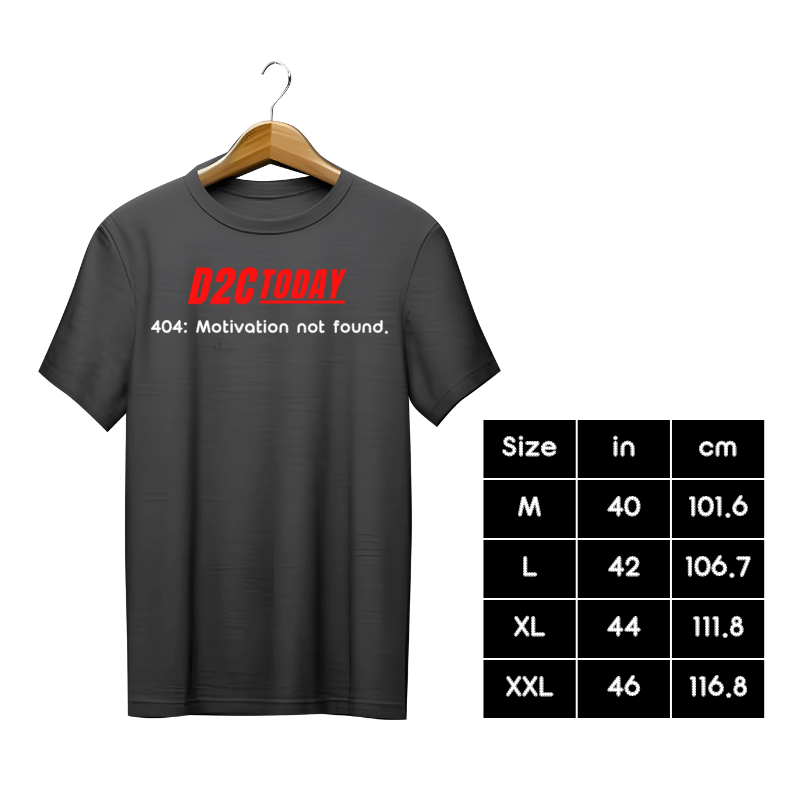10 Proven Tactics for D2C Product Page Optimization
D2C SEO | Ecommerce Strategies | D2C Product Page Optimization Boost conversions and visibility with these 10 proven tactics for D2C product page optimization. Learn expert strategies to enhance SEO, improve user experience, and drive more sales for your direct-to-consumer brand. Why D2C Product Page Optimization ? Direct-to-Consumer (D2C) brands thrive on the ability to connect directly with customers, skipping the traditional retail middlemen. But this direct approach comes with its own set of challenges, especially in creating product pages that not only rank high on search engines but also turn visitors into buyers. Optimizing product pages is crucial for ecommerce SEO for D2C brands, as it impacts visibility, user experience, and sales. Here are the best strategies to ensure your product pages stand out in the competitive ecommerce landscape. Craft Compelling Product Titles and Descriptions Product titles and descriptions are often the first things potential customers notice. For D2C brands, these elements must balance being keyword-rich and engaging. Product Titles: Include relevant keywords like the brand name, product type, and unique attributes (e.g., “Organic Cotton T-Shirt – Unisex, Eco-Friendly”). Make sure titles are concise yet descriptive enough to inform both customers and search engines about the product. Descriptions: Go beyond basic details by telling a story about how the product solves a problem or enhances the customer’s life. Highlight unique selling points (USPs) like sustainability, craftsmanship, or exclusivity. Avoid stuffing in keywords; instead, use natural language that resonates with your audience. For example, a brand selling premium leather bags could write: Crafted from ethically sourced Italian leather, this sleek tote combines timeless style with modern functionality—perfect for work or weekend getaways. Leverage High-Quality Visuals Visual content plays a crucial role in ecommerce conversions. For D2C brands, high-quality images and videos can bridge the gap between online shopping and in-store experiences. Images: Use multiple high-resolution images showcasing the product from different angles. Incorporate zoom functionality and lifestyle images that show the product in use. Videos: Create short videos demonstrating how the product works or highlighting its features. For instance, a skincare brand could showcase a tutorial on how to apply their moisturizer effectively. 360-Degree Views: Invest in 360-degree imagery to offer an interactive experience that allows customers to inspect every detail of the product. Optimizing visuals for SEO is equally important. Use descriptive filenames (e.g., “leather-tote-bag-brown.jpg”), add alt text with relevant keywords, and compress files to ensure fast page load times. Optimize Product Page URLs A clear and descriptive URL structure improves both user experience and SEO performance. Avoid generic URLs like example.com/product123 in Favor of keyword-rich ones such as example.com/organic-cotton-tshirt-unisex. This approach helps search engines understand your content and builds trust with users. Additionally: Implement Schema Markup for Rich Snippets Structured data markup is essential for enhancing your product pages’ appearance in search engine results. Product Schema: Include details like price, availability, ratings, and reviews. Review Schema: Highlight customer feedback to build trust and improve click-through rates. Breadcrumb Schema: Improve navigation and help search engines understand your site hierarchy. Rich snippets make your listings more attractive by displaying additional information directly in search results, increasing visibility and clicks. Personalize Messaging for Target Audiences Personalization is a game-changer for D2C brands looking to stand out. Tailor your messaging based on customer segments or behaviours. Use dynamic content to display personalized recommendations or promotions. Highlight benefits that resonate with specific demographics (e.g., eco-conscious buyers or tech enthusiasts). Test different value propositions to see which resonates best with your audience. For example, if your analytics show that younger audiences prefer minimalistic designs, emphasize this feature prominently on your product pages. Incorporate User-Generated Content (UGC) UGC such as reviews, testimonials, and customer photos adds authenticity to your product pages. Encourage customers to leave detailed reviews by offering incentives like discounts on future purchases. Feature real-life photos of customers using your products to build trust. Add Q&A sections where potential buyers can find answers from previous customers or your team. UGC not only enhances credibility but also provides fresh content that search engines Favor. Focus on Mobile Optimization With mobile commerce growing rapidly, ensuring your product pages are mobile-friendly is non-negotiable. Use responsive design to adapt seamlessly across devices. Simplify navigation by incorporating sticky headers and add-to-cart buttons. Optimize images and videos for mobile viewing without compromising quality. Test your mobile site rigorously to ensure fast load times and an intuitive user experience. Build Urgency Through Psychological Triggers Creating urgency can nudge hesitant shoppers toward making a purchase. Display low stock alerts (e.g., “Only 3 left in stock!”). Highlight limited-time offers or seasonal discounts. Use countdown timers for flash sales. These tactics tap into FOMO (fear of missing out) psychology, encouraging quicker decision-making. Enhance Internal Linking and Cross-Selling Internal linking improves navigation while boosting SEO by helping search engines understand site structure. Link related products within descriptions (e.g., “Pair this jacket with our matching scarf”). Add cross-sell recommendations below the primary product details (e.g., “Customers also bought”). Create category-specific landing pages that group complementary products together. This strategy not only improves user experience but also increases average order value. Prioritize Page Speed Optimization Slow-loading pages can lead to high bounce rates and lost sales opportunities. To optimize speed: Google prioritizes fast-loading sites in rankings, making this an essential aspect of ecommerce SEO. Optimizing product pages is not just about improving search rankings—it’s about creating an immersive shopping experience that converts visitors into loyal customers. By implementing these strategies—compelling titles/descriptions, high-quality visuals, schema markup, personalization, UGC integration, mobile optimization, urgency triggers, internal linking, and page speed optimization—D2C brands can significantly enhance their ecommerce performance. Incorporate these best practices into your ecommerce SEO strategy today to drive traffic to your website while boosting conversions and fostering long-term growth! Related Articles: 5 AI Marketing Strategies Leading Brands Are Using in 2025 Build a D2C Brand: 7 Steps to Ecommerce Success Article Contributor



